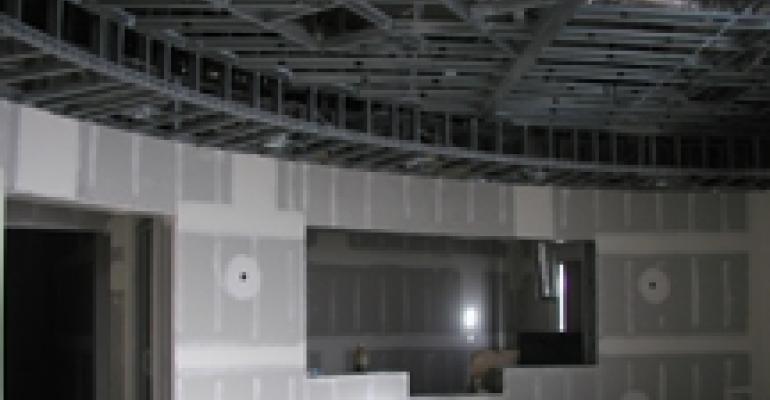
A new Web platform from ConstructionPhotoDocs.com (CPD) allows property managers to document a property’s condition over time. Through a photographic record, any maintenance or renovation work on the property can be recorded in chronological order and indexed in one place.
The Web-based servicer CPD, based in Woodland Hills, Calif., was founded as a provider to developers and contractors who needed a photographic index of their construction projects. Clients can view floor plans and photos from numerous angles, along with any requests for information, change orders and related documents.
“In a world where liquidated damages can run up to $10,000 per day or more, it’s an affordable way to document and index the work,” says Scott Yahraus, co-founder of ConstructionPhotoDocs.com. The program cost for property managers starts at $69 per month.
Before disaster strikes
ConstructionPhotoDocs.com documents the condition of a property before a catastrophic event, protecting a developer or owner for insurance purposes. It also creates a chronological record of repair for the property as well as gauging a development’s progress.
For property managers, CPD’s new Web platform provides similar services, except that the on-site managers are responsible for taking the photographs. All the images are stored in chronological order on the Web platform for authenticity and security, and are accessible to any authorized viewer.
“This gives property management companies a tool to create a visual record that can be used to show property owners how their properties are being maintained,” says Yahraus.
The property manager provides the Web-based servicer with a copy of a property’s complete floor plan and CPD indicates the locations from which the photos should be shot. Property managers can then shoot and transfer the photos to CPD, which loads the images onto the Web platform.
And should there be a question as to the quality of a vendor’s work, CPD’s services can be used to protect the property manager through a visual record.
Developer finds program helpful
CPD’s Web platform has been put to use at the Westlake/MacArthur Park Metro Rail Station development site in Los Angeles. Phase I of the mixed-use development broke ground last April. The project is being constructed directly above the Metro Rail station entrance, and it will include 82 affordable housing units and a retail component.
“It gets complicated when you’re sitting on top of a subway tunnel,” says Dan Falcon, senior vice president of development for McCormack Baron Salazar, one of the project’s developers. “It helps to have a third-party baseline so there’s no potential claim something wasn’t shown or provided because we didn’t disclose it.”

CPD typically takes pictures three to four times per month on a construction site to avoid change orders and to document milestones.
Financiers track progress
The MacArthur Park project has eight separate financiers. Some are local while others are not. By taking photos of the construction site every seven to ten days, those partners can keep up with the project from their own offices.
“It helps to have one place in which all eight of our funding partners can view the project,” adds Falcon. “They’ve all been appreciative as it reduces their amount of travel to the site.”
This is McCormack Baron Salazar’s first venture using ConstructionPhotoDocs.com. Before this project, McCormack typically ran into what many developers face as different project entities may have all taken site photos at different points in development. But there wasn’t an assemblage of information in one place.
“We also don’t have to depend on a particular contractor or sub that may be taking pictures from a certain angle and looking to avoid another angle,” says Falcon.
Now, as a developer of affordable urban housing with projects in 25 U.S. cities, McCormack wants to use CPD’s services in other locations.

